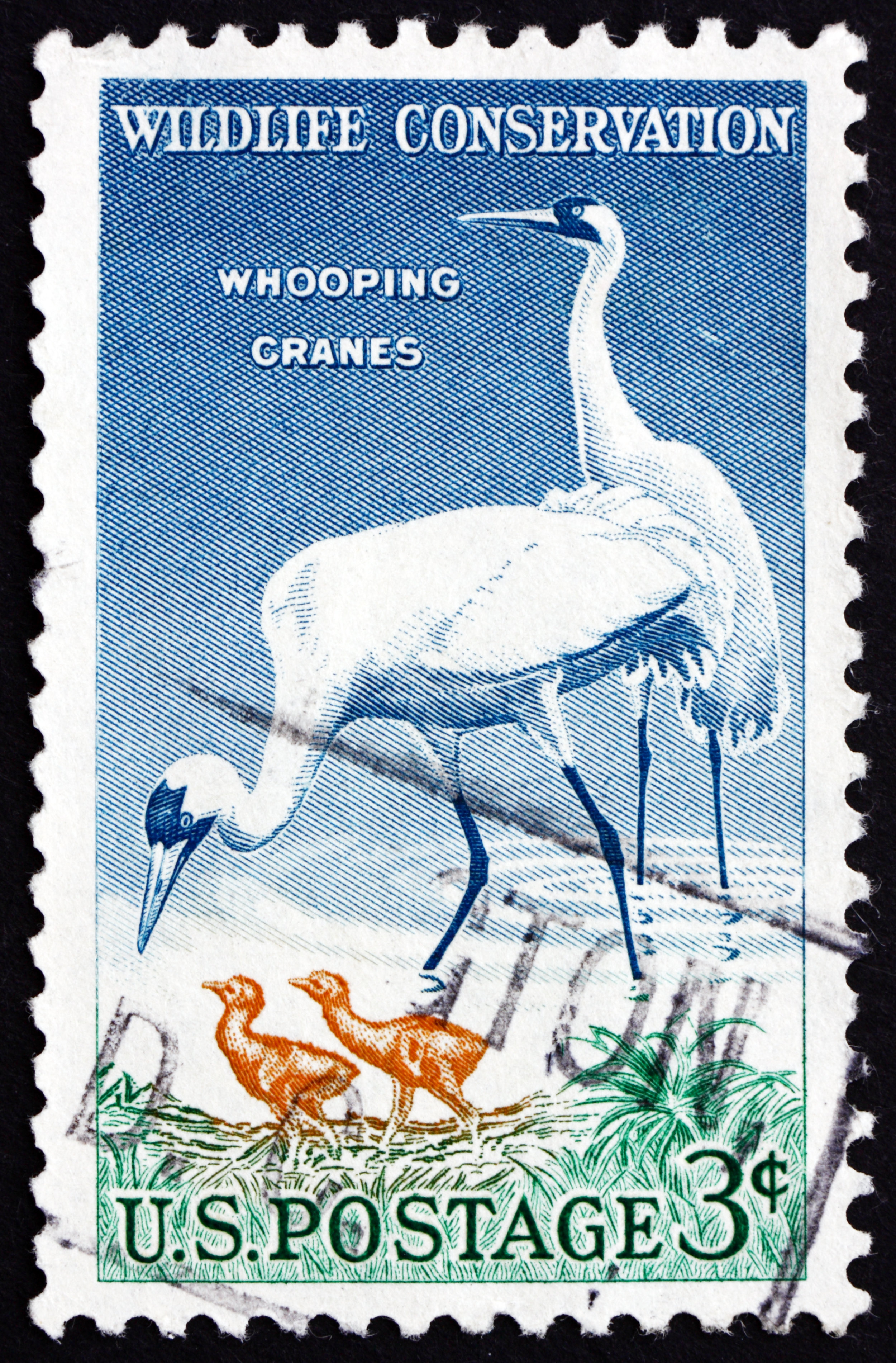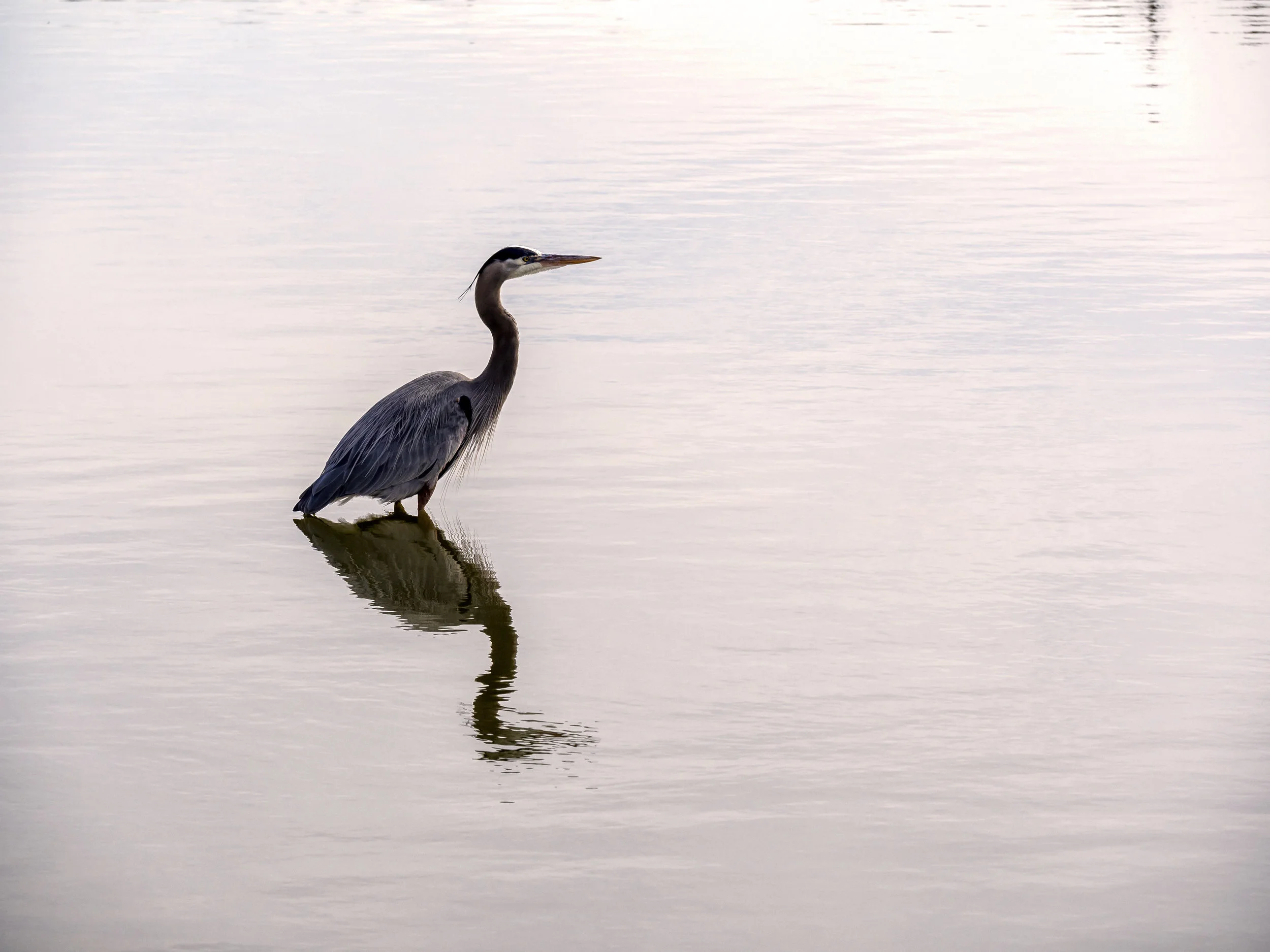Animals & the Environment: The Whooping Crane: Soaring Back From Near-Extinction
by Aria Steifelmaier
Whooping crane (Grus americana), named for it’s whooping sound, is the tallest bird in North America and it is an Endangered species. It became endangered in 1967; however, in the 1940s, the population fell to an all time low of fifteen. While whooping cranes were once found all over North America, their habitats have become severely limited. Now the whooping crane can be found wintering at the Aransas National Wildlife Refuge (NWR) on the Texas Gulf Coast and spending its summers at Wood Buffalo National Park in Canada, among other locations.
The whooping crane became endangered due to habitat loss and over-hunting. When conservationists realized that there was only one flock left, they worked with state, federal, and international governments to help protect the rare bird. They introduced a flock to Florida which was successful, but sadly, the birds never learned to migrate. In order to create a migratory flock, humans needed to teach the young birds to migrate, since there were no parents to help them learn naturally. Operation Migration accomplished this by using an ultralight aircraft as a teaching tool to show the young whooping cranes how to fly from western Florida to Wisconsin.
Slowly but surely, these conservation efforts have helped the whooping crane. Even though the whooping crane has a long way to go before a complete recovery, it’s situation has improved considerably. The population has risen from one flock of a mere fifteen individuals in 1941 to about 600 today. Looking towards the future, scientists hope to release more chicks into the wild to encourage breeding amongst the existing flocks.
The largest threats to the whooping cranes are man-made such as power lines, hunting, and loss of habitat. The cranes summer near the Gulf of Mexico, making them susceptible to oil spills and other pollutants in the region. Public support and awareness is essential to the whooping crane’s survival and growth as a species. We should learn to be more mindful of how our collective actions impact the use of natural resources that put species like the whooping crane on the brink of extinction. We here at Expedition Art are supporting the whooping crane by including it in our Endangered Species Book along with several other species. With continued efforts, the future of the whooping crane looks bright indeed.


